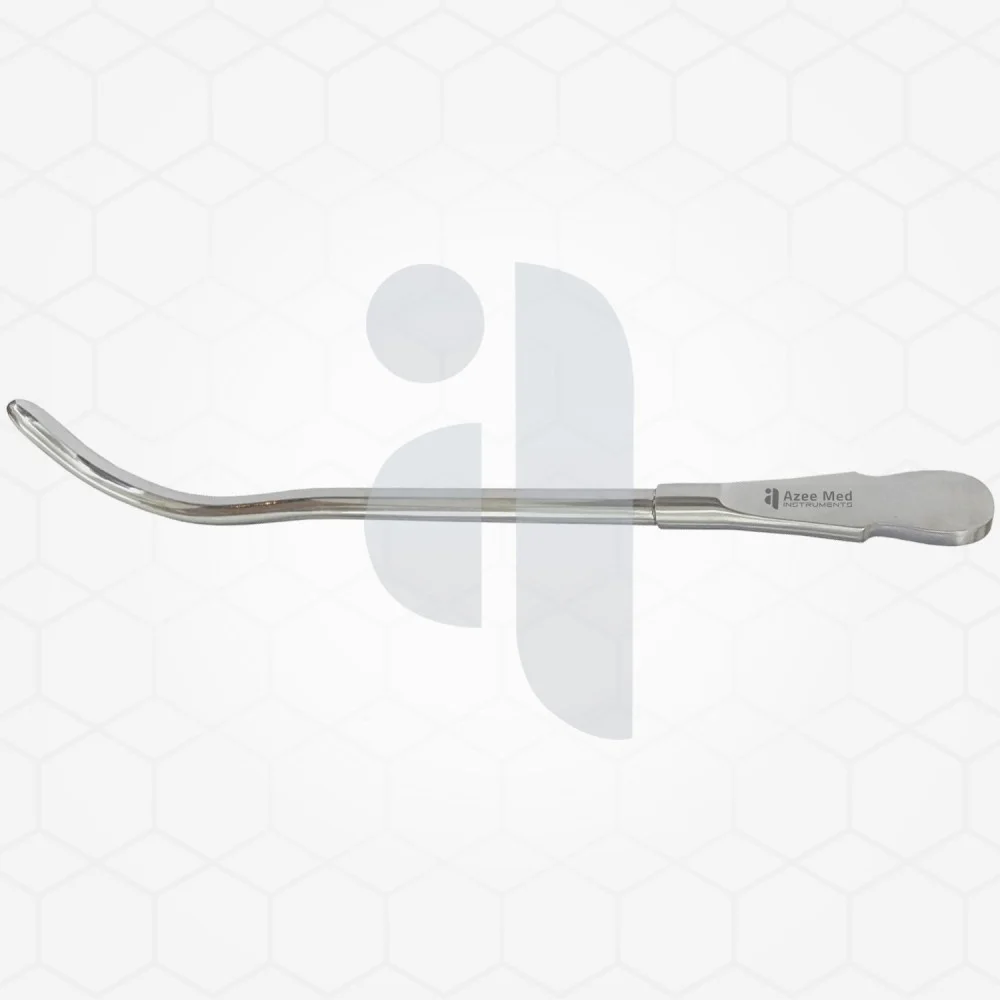Guyon Sound: Essential Uses in Urological Procedures
Wiki Article

Navigating the complexities of urological instrumentation can be challenging, even for experienced medical professionals. When it comes to urethral dilation and catheterization, precision is paramount. The Guyon sound stands out as a vital instrument designed specifically to navigate the male urethra safely and effectively. Its unique curvature and design allow surgeons to perform delicate procedures with enhanced control, minimizing trauma to sensitive tissues while ensuring successful outcomes in varied clinical scenarios.
Understanding the Design of a Guyon Sound
The primary purpose of a Guyon sound is to assist in the gradual dilation of the urethra. Unlike straight sounds, which are typically used for the female urethra or the anterior male urethra, the Guyon variant features a distinct, flattened curve near the tip. This specific geometry is engineered to conform to the natural anatomy of the male urethra, particularly the prostatic curve.
Surgeons rely on this instrument because the weighted handle provides excellent tactile feedback. By letting the weight of the instrument guide the insertion rather than using force, practitioners can reduce the risk of creating false passages. The smooth, tapered tip facilitates easy entry, making it an indispensable tool in urology clinics and operating rooms worldwide. Whether addressing strictures or preparing for further endoscopic work, this instrument remains a standard of care.
Comparing Urological Tools: Bonnie Forceps and Sounds
While dilation is a critical part of many surgeries, tissue handling is equally important, which brings us to the role of Bonnie forceps. These instruments often appear alongside dilation tools on a surgical tray, though their functions differ significantly. The Bonnie forceps are robust, toothed tissue forceps designed for grasping fascia and heavy tissue, ensuring a secure hold during wound closure or manipulation.
In a typical urological setup, a surgeon might use a Guyon sound to ensure the urethra is patent and dilated before moving on to other stages of the procedure where forceps are required. While the sound prepares the pathway, the forceps assist in managing the surrounding tissue structures. Understanding when to deploy each tool is crucial for surgical efficiency. The interplay between dilation and tissue management highlights why having a comprehensive instrument set is necessary for successful patient care.
Best Practices for Using a Guyon Sound
Safety is the top priority when utilizing any urethral instrument. When introducing a Guyon sound, proper lubrication is non-negotiable to prevent friction and potential mucosal injury. The procedure should always begin with smaller sizes, gradually increasing the diameter to achieve the desired dilation without overstretching the tissue.
The technique involves a gentle, sweeping motion. The operator must maintain a firm yet sensitive grip, allowing the curvature of the Guyon sound to follow the anatomical path naturally. Resistance should be met with patience, not pressure. If significant resistance is encountered, it may indicate a stricture that requires a different approach or smaller instrument size. By adhering to these best practices, medical professionals can ensure the procedure is both effective and comfortable for the patient.
Maintenance and Sterilization
Like all high-quality surgical steel instruments, the Guyon sound requires rigorous care to maintain its integrity. After every use, it must be meticulously cleaned to remove any biological debris. Even microscopic residues can compromise sterilization or lead to corrosion over time.
Standard autoclave procedures are generally suitable, but it is vital to inspect the smooth surface of the instrument before and after sterilization. Any scratches, burrs, or irregularities on the surface could cause trauma to the urethra during insertion. A well-maintained instrument ensures that every procedure is performed with the highest safety standards, preserving the longevity of the tool and the health of the patient.
Conclusion
Urological procedures demand tools that offer precision, safety, and reliability. The Guyon sound delivers on all fronts, providing the specific design features needed to navigate complex male anatomy effectively. By combining this essential dilator with proper technique and complementary tools like tissue forceps, surgeons can achieve optimal results. Whether treating strictures or preparing for catheterization, understanding the nuances of these instruments ensures better care and smoother recovery for patients.
Report this wiki page